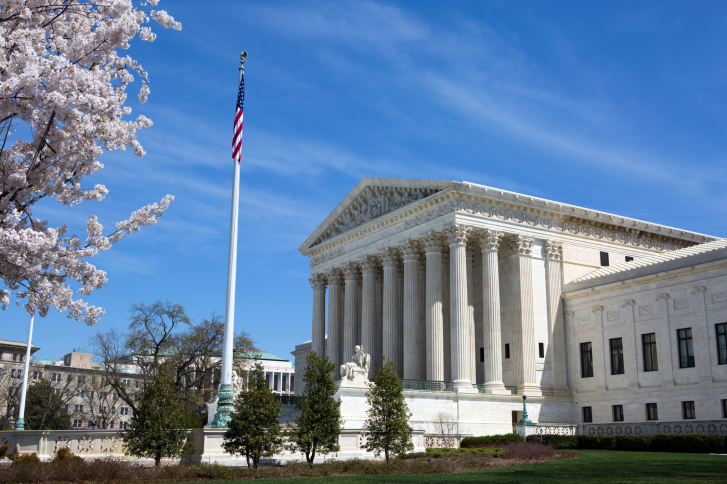The 1872 federal Mining Law, which governs the right to mine gold, silver, copper, uranium, and other hardrock minerals from federal lands, works much better than its critics contend, according to a new analysis by PERC, a Bozeman, Montana-based think tank.
In “The Mining Law of 1872: Digging a Little Deeper,” PERC’s David Gerard points out that proposed changes in the law, many offered in the name of environmental protection, would so alter the incentives for mineral exploration and development that they would lead to a decline in domestic mining–without improving the environment.
Gerard contends that the Mining Law as it now stands has “substantial merit” because it provides for broad access to public land for exploration, offers secure property rights once a discovery is made, and permits claimants to pay a “holding fee,” allowing them time to wait for suitable market conditions before beginning to mine.
The vast majority of valuable mineral deposits are found in the West, where the federal government owns nearly half the land (see chart). The Mining Law emerged from the California Gold Rush and other booms (and busts) of the mid-nineteenth century, when there were no laws governing the transfer of mineral rights from public ownership to miners. Over time, miners developed their own customs to govern those matters, which Congress codified in the Mining Law of 1872.
The Mining Law, which allows U.S. citizens and companies to explore for minerals and establish rights to federal lands without authorization from any government agency, also contains no environmental provisions. Critics of the law would like to see the Bureau of Land Management (BLM), the Forestry Service, and the Environmental Protection Agency given authority to determine whether exploration should take place on federal lands, and to impose strict environmental safeguards on mining activities.
Those changes to the law, Gerard contends, would be misguided. While serious pollution to rivers and streams in the West did result from hardrock mining, that damage was inflicted long before far-reaching environmental safeguards were put into place in the 1970s and 1980s. Ironically, he adds, current environmental regulations actually discourage cleanup of abandoned mine sites. The Superfund program’s strict, joint, several, and retroactive liability system makes companies reluctant to clean old sites for fear of being held liable for past damages.
The same disincentive works against state efforts to clean abandoned sites. If a state begins to clean an old mine site, it is required to reduce pollution levels to those specified by the Clean Water Act (CWA), regardless of the cost of doing so. Given the choice of burdening themselves with prohibitive costs or doing nothing at all, states clearly have an incentive to take the latter course.
“Changing these [environmental] laws is where reform is needed the most,” Gerard concludes. Correcting the incentives in those laws will do more to ensure accountability and encourage reclamation than any proposed changes to a mining law that has worked for over one hundred years.



